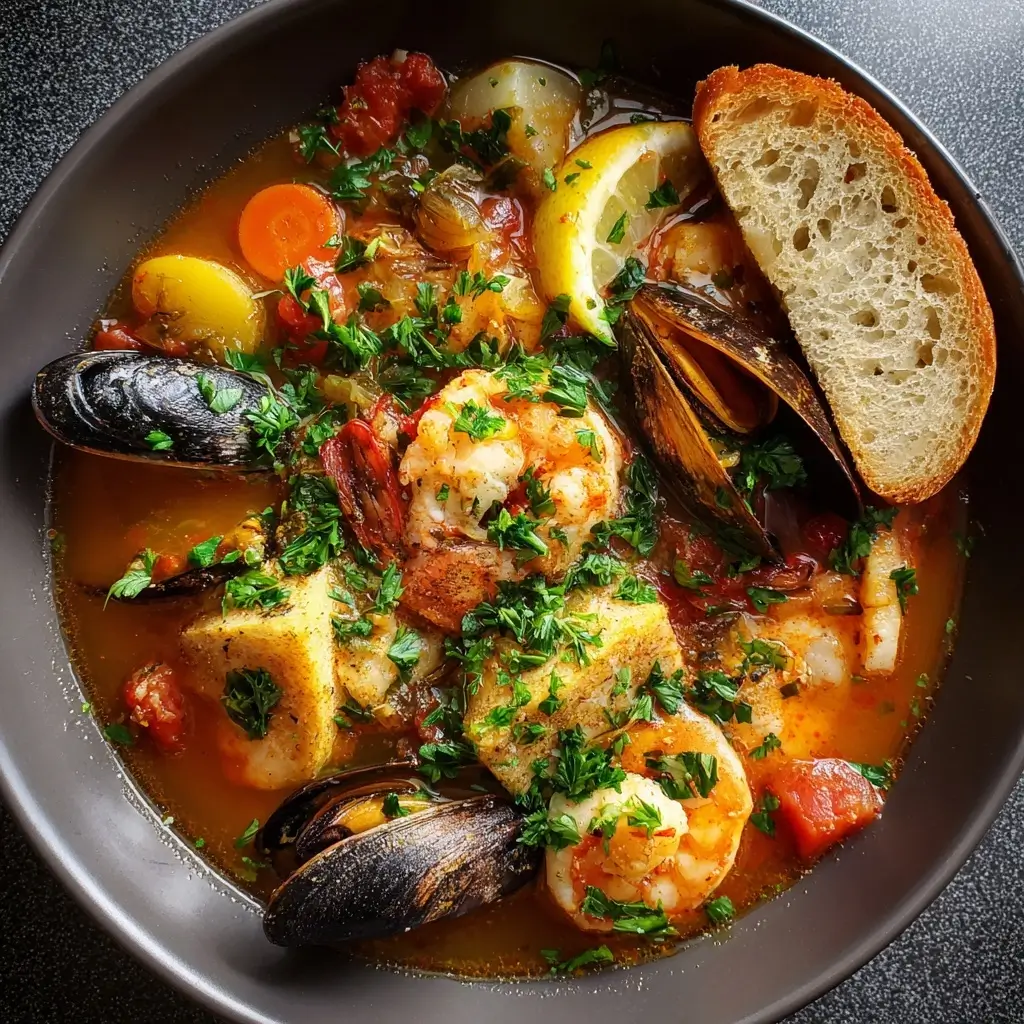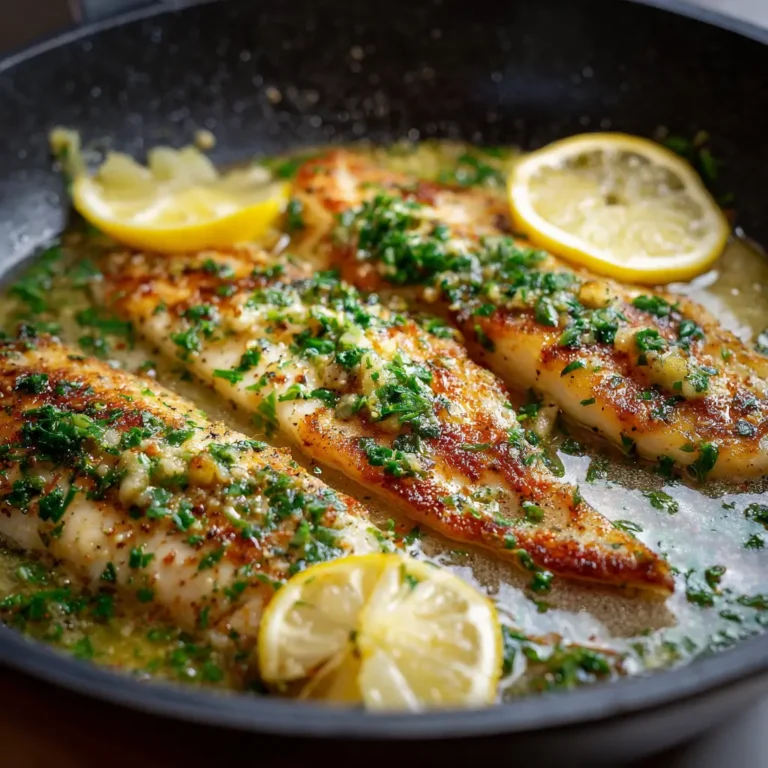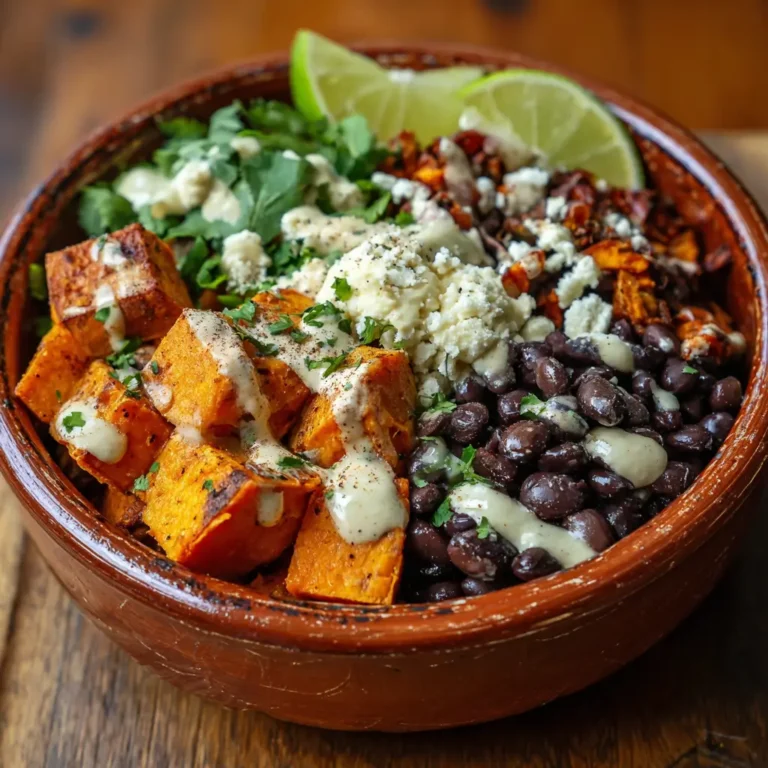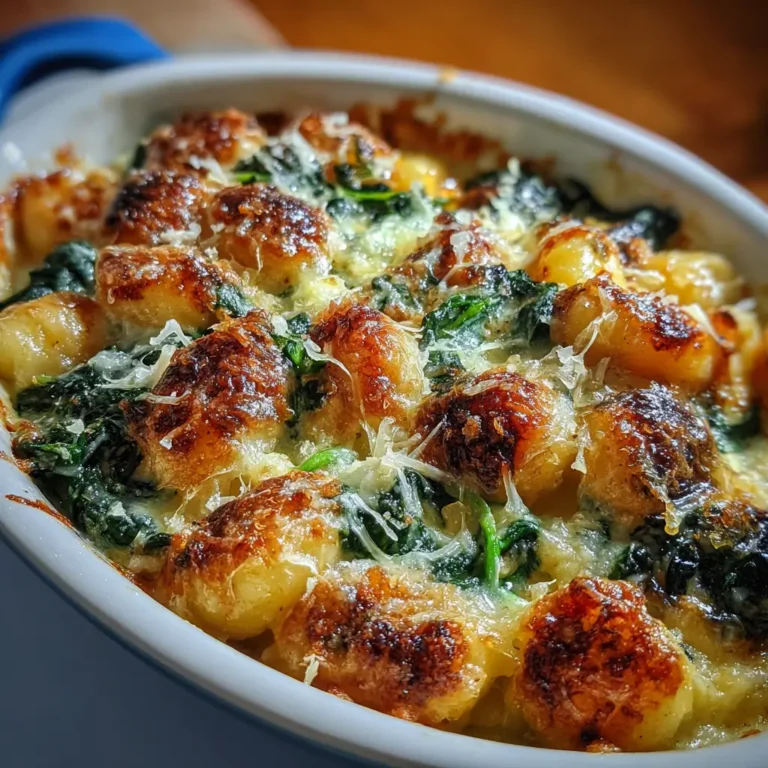Fisherman’s Stew (seafood)
Introduction
Fisherman’s Stew, also known as Zuppa di Pesce, Bouillabaisse, or Cacciucco depending on the region, is a rich and aromatic seafood stew with deep roots in coastal Mediterranean cuisine. Celebrated for its bold flavors, vibrant colors, and hearty portions of fresh fish and shellfish simmered in a savory tomato- and wine-based broth, this dish embodies the soul of seaside cooking. Whether served in the sun-drenched ports of Provence, Tuscany, or along the Dalmatian coast, Fisherman’s Stew is more than just a meal—it’s a culinary tradition passed down through generations of fishermen and their families.
The History
The origins of Fisherman’s Stew trace back centuries to the fishing communities of southern Europe, where resourceful seafarers made use of less desirable or leftover fish from their daily catch. Rather than waste any part of the haul, they combined various types of fish and shellfish with tomatoes, onions, garlic, herbs, and olive oil—ingredients readily available along the coasts of Italy, France, Spain, and Croatia. In France, Bouillabaisse emerged from Marseille as a luxurious yet humble soup that eventually gained worldwide fame. Meanwhile, in Italy, Cacciucco from Livorno became renowned for its complex layering of five different fish (the number five reflecting the Italian word “cacciucco,” possibly derived from “mixture” or “confusion”). Over time, each coastal town developed its own version, shaped by local ingredients, cultural influences, and maritime traditions. Today, Fisherman’s Stew remains a symbol of community, abundance, and respect for the sea’s bounty.
Ingredients Breakdown
The magic of Fisherman’s Stew lies in its diversity and balance. A wide array of seafood provides varying textures and flavors, while the aromatic base builds depth and warmth. Here’s a detailed look at the key components:
- Seafood Selection: Typically includes firm white fish (such as cod, halibut, or monkfish), delicate shellfish (like mussels and clams), and sometimes squid, shrimp, or scallops. The variety ensures richness and complexity.
- Aromatics: Onions, leeks, fennel, celery, and garlic form the foundational soffritto or mirepoix, slowly sautéed to release sweetness and fragrance.
- Liquid Base: Crushed tomatoes or tomato passata provide acidity and color, while fish stock or seawater-infused water enhances oceanic essence. Dry white wine adds brightness and helps deglaze the pan.
- Herbs & Spices: Fresh thyme, bay leaves, parsley, and sometimes saffron or crushed red pepper flakes lend earthiness, floral notes, and gentle heat.
- Olive Oil: High-quality extra virgin olive oil is essential—not only for sautéing but also drizzling over the finished stew for added richness.
- Bread: Crusty bread, often rubbed with garlic, serves both as a side and a thickener when soaked into the broth.
Step-by-Step Recipe
- Prepare the Seafood: Clean and cut firm fish into large chunks (about 1.5 inches). Scrub mussels and clams under cold water, removing beards and discarding any open shells that don’t close when tapped. Peel and devein shrimp if using.
- Sauté the Aromatics: In a large, heavy-bottomed pot or Dutch oven, heat ¼ cup of olive oil over medium heat. Add chopped onions, leeks, fennel, and celery. Cook gently for 8–10 minutes until softened but not browned. Stir in minced garlic and cook for another minute.
- Build the Flavor Base: Pour in ½ cup of dry white wine to deglaze the pot, scraping up any browned bits. Allow it to reduce by half. Then add 2 cups of crushed tomatoes (preferably San Marzano), 4 cups of fish stock, and seasonings: 2 bay leaves, a few sprigs of thyme, a pinch of saffron threads (soaked in warm water), and optional red pepper flakes.
- Simmer the Broth: Bring the mixture to a gentle boil, then reduce heat and let it simmer uncovered for 20–25 minutes. This allows the flavors to meld and the liquid to concentrate slightly.
- Add the Heaviest Fish First: Begin with denser, meatier fish like monkfish or halibut. Simmer for 5 minutes to allow them to absorb flavor and start cooking through.
- Incorporate Shellfish and Delicate Fish: Add mussels, clams, shrimp, and any flaky white fish such as cod or haddock. Cover the pot and cook for 6–8 minutes, or until the shellfish have opened and the fish is opaque and tender. Discard any unopened shells.
- Finish with Fresh Herbs: Remove the pot from heat. Stir in a generous handful of chopped fresh parsley. Taste and adjust seasoning with salt and freshly ground black pepper.
- Serve Immediately: Ladle the stew into deep bowls, ensuring each portion has a mix of seafood and plenty of broth. Drizzle with additional olive oil and serve hot with toasted garlic-rubbed bread on the side.
Tips
- Use the Freshest Seafood Possible: Since the stew relies heavily on the natural taste of the ocean, freshness is paramount. Visit a reputable fishmonger and ask for sustainably sourced options.
- Don’t Overcook the Seafood: Delicate fish and shellfish can become rubbery if boiled too long. Add them toward the end and monitor closely.
- Soak Saffron Properly: To unlock its full aroma and color, steep saffron threads in a few tablespoons of warm water or broth for 10 minutes before adding.
- Layer the Cooking Times: Hearty fish go in first; softer varieties and shellfish come later. This ensures everything is perfectly cooked.
- Make Your Own Fish Stock (Optional): For an elevated flavor, simmer fish bones, heads, and trimmings with vegetables and herbs for 30–40 minutes. Strain and use immediately or freeze.
- Let It Rest Briefly: Allowing the stew to sit off the heat for 5–10 minutes after cooking helps the flavors settle and deepen.
Variations and Customizations
Fisherman’s Stew is incredibly adaptable, reflecting regional tastes and personal preferences:
- Provençal Bouillabaisse: Originating in Marseille, this version emphasizes saffron, includes rascasse (scorpionfish), and is traditionally served with rouille—a garlicky mayonnaise spread on toast.
- Italian Cacciucco: Hailing from Livorno, it uses five types of fish, layered in order of density, and is often enriched with a splash of brandy or cognac.
- Spanish Caldereta de Mariscos: Features a richer tomato base, paprika, and sometimes potatoes, making it heartier and more stew-like.
- Dalmatian Brodet: From Croatia, this version layers fish and onions with vinegar and wine, creating a tangy-sweet profile unique to the Adriatic coast.
- Vegan/Vegetarian Adaptation: Use mushrooms, artichokes, hearts of palm, and kelp-based “seafood” substitutes with a robust vegetable-fish kombu broth for umami depth.
- Spice Level: Adjust heat with more red pepper flakes, fresh chili, or smoked paprika for a bolder kick.
- Creamy Version: Some modern interpretations stir in a splash of heavy cream or coconut milk for a silkier texture.
Health Considerations and Nutritional Value
Fisherman’s Stew is not only delicious but also packed with nutritional benefits:
- High-Quality Protein: Seafood provides lean protein essential for muscle repair and immune function.
- Omega-3 Fatty Acids: Found abundantly in fatty fish like mackerel or sardines (if included), these support heart and brain health.
- Low in Saturated Fat: Especially when prepared with minimal added oils, this stew is heart-friendly.
- Rich in Vitamins and Minerals: Iodine, selenium, vitamin B12, zinc, and iron are naturally present in shellfish and fish.
- Antioxidant-Rich Tomatoes: Lycopene, enhanced by cooking with olive oil, offers anti-inflammatory properties.
- Fiber from Vegetables: Onions, fennel, celery, and tomatoes contribute dietary fiber for digestive health.
Considerations:
- Sodium Content: Store-bought fish stock and canned tomatoes may be high in sodium. Opt for low-sodium versions or make your own broth.
- Mercury Levels: Avoid large predatory fish like swordfish or tuna, which may contain higher mercury levels. Stick to smaller, sustainable species.
- Allergies: Shellfish allergies are common. Always inform guests and consider serving components separately for customizable meals.
- Purine Content: Shellfish and certain fish are high in purines, which may affect individuals with gout. Moderation is advised.
Ingredients
- ¼ cup extra virgin olive oil
- 1 large onion, finely chopped
- 1 leek, cleaned and sliced
- 1 small fennel bulb, thinly sliced (fronds reserved)
- 2 celery stalks, diced
- 4 garlic cloves, minced
- ½ cup dry white wine (e.g., Sauvignon Blanc or Pinot Grigio)
- 2 cups crushed tomatoes (preferably fire-roasted or San Marzano)
- 4 cups fish stock or clam juice diluted with water
- Pinch of saffron threads (soaked in 2 tbsp warm water)
- 2 bay leaves
- 4 sprigs fresh thyme
- ½ teaspoon crushed red pepper flakes (optional)
- 1 lb firm white fish (halibut, monkfish, or cod), cut into chunks
- ½ lb mussels, scrubbed and debearded
- ½ lb clams (littlenecks or manila), scrubbed
- ½ lb shrimp, peeled and deveined
- ¼ lb squid, cleaned and sliced into rings (optional)
- Salt and freshly ground black pepper, to taste
- ½ cup fresh parsley, chopped
- Crusty bread, for serving
- Additional olive oil, for finishing
Directions
- In a large Dutch oven or heavy pot, heat olive oil over medium heat. Add onion, leek, fennel, and celery. Sauté for 8–10 minutes until soft and translucent, stirring occasionally.
- Add garlic and cook for 1 minute until fragrant.
- Pour in white wine, increase heat slightly, and bring to a simmer. Cook until reduced by half, about 3–4 minutes.
- Stir in crushed tomatoes, fish stock, soaked saffron with its liquid, bay leaves, thyme, and red pepper flakes. Season lightly with salt and pepper.
- Bring to a boil, then reduce to a gentle simmer. Cook uncovered for 20 minutes to develop flavor.
- Add the firm white fish pieces. Simmer for 5 minutes to begin cooking.
- Add mussels, clams, shrimp, and squid (if using). Stir gently, cover the pot, and cook for 6–8 minutes, or until shellfish open and fish is cooked through. Discard any unopened shells.
- Remove bay leaves and thyme stems. Stir in chopped parsley.
- Taste and adjust seasoning. Drizzle with extra olive oil before serving.
- Ladle into warm bowls and serve immediately with crusty bread for dipping.
FAQ
Can I make Fisherman’s Stew ahead of time?
Yes, you can prepare the base (aromatics, tomatoes, stock) up to a day in advance and refrigerate. However, add seafood just before serving to maintain texture and freshness.
What kind of fish should I avoid?
Avoid overly oily fish like bluefish or strong-flavored varieties unless intentionally desired. Also, steer clear of fish with high mercury content such as shark, swordfish, or king mackerel.
Can I freeze leftovers?
While the broth freezes well, seafood tends to become mushy upon thawing. It’s best enjoyed fresh. If necessary, freeze only the broth and add fresh seafood when reheating.
Is there a dairy-free version?
Absolutely! Traditional Fisherman’s Stew is naturally dairy-free. Just ensure no butter or cream is added unless specified in a variation.
How do I know when the seafood is done?
Fish should be opaque and flake easily with a fork. Shrimp turn pink and curl slightly. Mussels and clams will open—discard any that remain closed after cooking.
Can I use frozen seafood?
Yes, but thaw completely in the refrigerator first. Fresh seafood always yields superior flavor and texture, but frozen is acceptable in a pinch.
Summary
Fisherman’s Stew is a celebration of the sea, blending fresh seafood, aromatic vegetables, and rich broths into a comforting, flavorful dish with deep Mediterranean roots. Perfect for gatherings or cozy dinners, it’s as nourishing as it is satisfying.






